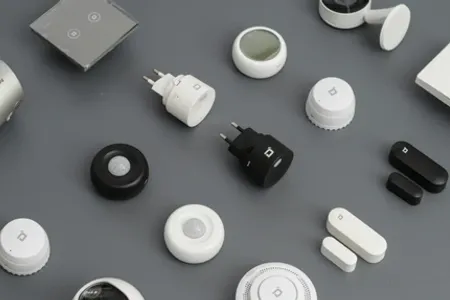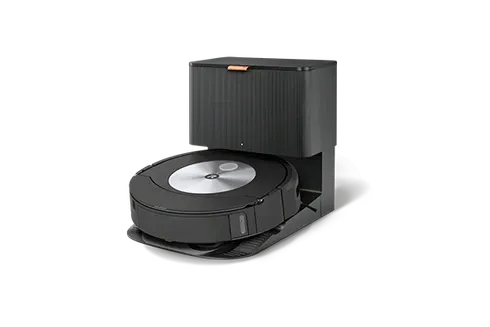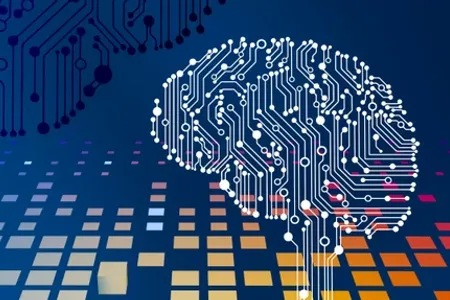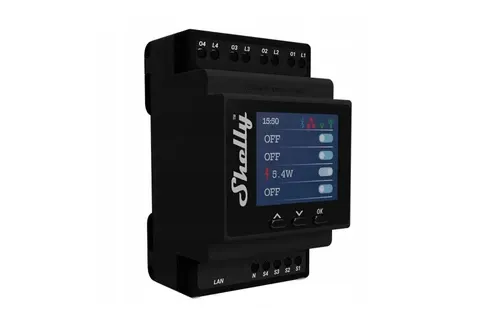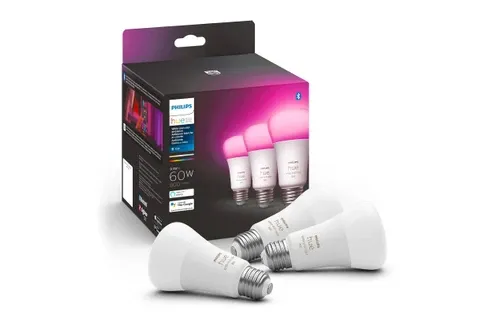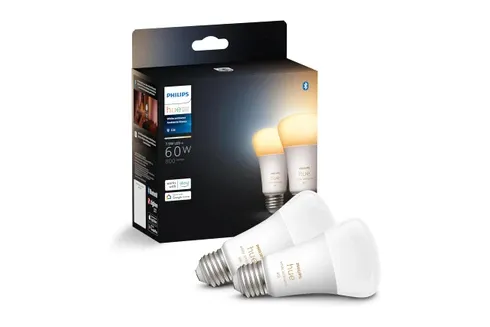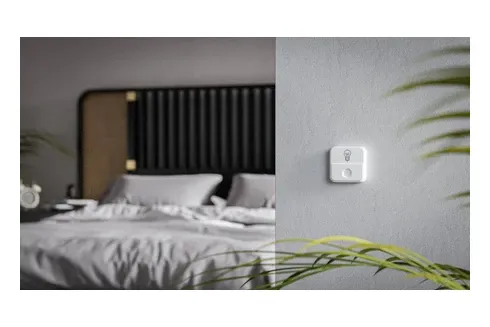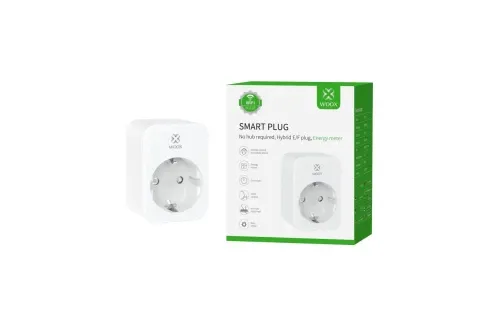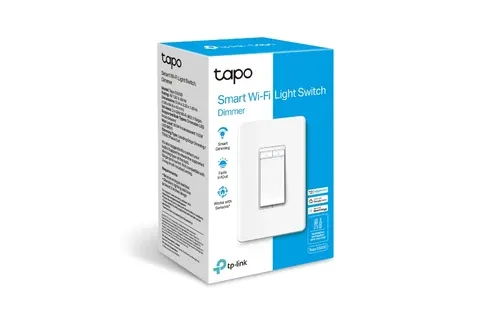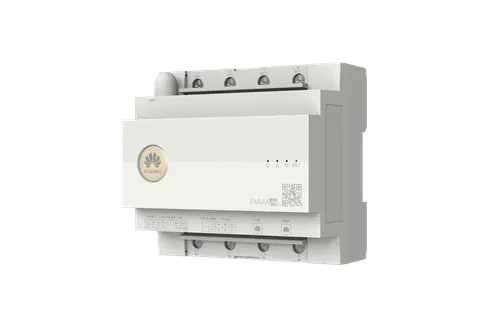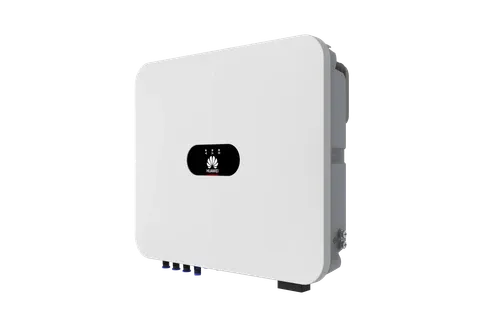In an era of climbing utility bills and urgent climate action, Energy Saving has moved from a nice‑to‑have to a household priority. Today’s smart‑home ecosystem gives owners unprecedented control over how and when they consume electricity, heat, and cooling. By pairing connected sensors, automation rules, and intuitive apps, you can turn your living space into a finely tuned efficiency machine-trimming waste without sacrificing comfort.
Why a Connected Home Accelerates Energy Saving
Traditional homes rely on people to remember to dim lights, adjust thermostats, or shut off idle devices. Smart homes handle those chores automatically. A network of occupancy sensors, weather feeds, and machine‑learning routines continually fine‑tunes settings so you only draw power when it truly matters. Beyond convenience, this feedback loop provides real‑time insight into consumption trends, empowering you to make data‑driven decisions that amplify Energy Saving gains.
Smart Thermostats: Precision Climate Control
Upgrading to a smart thermostat delivers some of the fastest returns on investment in the efficiency landscape. These intelligent regulators learn your temperature preferences and daily schedule, dialling back heating or cooling the moment the home is vacant. They also harvest local weather data to pre‑warm or pre‑cool rooms at the most economical times of day, shaving up to double‑digit percentages from annual HVAC costs.
Adaptive Scheduling Reduces Waste
Instead of static time blocks, adaptive scheduling uses motion detection to confirm whether rooms are in use. If everyone steps out for the afternoon, the system slips into eco mode automatically. When it senses a return-through geofencing or door sensors-desired comfort levels restore in minutes, ensuring continuous Energy Saving without manual intervention.
Smart Lighting: Brighter Ideas, Lower Bills
Lighting upgrades are another low‑hanging fruit. LED smart bulbs paired with hubs or voice assistants let you dim, colour‑tune, and group fixtures while consuming a fraction of the power of legacy incandescent lamps. Integrated daylight sensors dim lights near windows when sunshine is abundant, avoiding redundant illumination.
Automation, Sensors, and Remote Control
Smart lighting scenes switch on gently as you wake, dim for movie time, and fade out after bedtime. Motion detectors eliminate the classic problem of lights left blazing in empty rooms, a small tweak that adds up to noticeable Energy Saving over a year.
Smart Plugs and Real‑Time Energy Monitors
Many household gadgets sip electricity even when “off.” Smart plugs cut that standby drain by disconnecting appliances completely once a timer or occupancy rule is met. Meanwhile, whole‑home monitors clamp around mains feeds, breaking down consumption by circuit so you can spot inefficient devices and adjust habits instantly.
Shrinking Your Carbon Footprint with Smart Technology
Reducing usage isn’t just good for your wallet; it directly lowers greenhouse‑gas emissions. Every kilowatt‑hour you don’t consume represents fuel that power plants needn’t burn. Pairing smart‑home automation with renewable generation, such as rooftop solar, maximises local clean energy use and advances personal sustainability goals.
Practical Blueprint for Maximum Energy Saving
Follow these actionable steps to start mastering efficiency and translate theory into measurable results:
- Audit your current consumption with an energy‑monitoring app.
- Prioritise upgrades-tackle HVAC and lighting first for the biggest wins.
- Schedule devices around occupancy and utility‑rate windows.
- Integrate voice assistants for quick status checks and control.
- Analyse usage trends each month and tweak automations to push savings further.
Expanding Smart Energy Routines for Everyday Life
Beyond the core devices already discussed, your smart‑home ecosystem can evolve with small but meaningful automations that add comfort while reinforcing long‑term Energy Saving habits. Consider how seasonal conditions affect your routine. In summer, smart blinds can react to direct sunlight and close during peak heat hours. This reduces cooling demand and prevents unnecessary HVAC strain. In winter, they can open automatically to welcome passive solar warmth that lowers heating needs.
Smart appliances also play a role in broader efficiency planning. Modern dishwashers and washing machines can run cycles during off‑peak utility windows, which some regions label with time‑of‑use pricing. By pairing these appliances with energy‑aware automations, you not only cut costs but also support grid stability. Even small adjustments-like shifting a laundry cycle by an hour-can contribute to measurable savings over a year.
Outdoor areas benefit as well. Garden lights equipped with ambient sensors activate only when needed, preventing dusk‑to‑dawn overuse. Irrigation systems linked to weather forecasts skip unnecessary watering cycles after rainfall. These simple integrations showcase how connected technology helps minimise waste beyond the home’s interior.
As your setup expands, reviewing your energy dashboard each month reinforces awareness. Trends often reveal patterns you may overlook, such as high‑consumption days triggered by forgotten devices or extreme weather shifts. With this insight, you can refine routines and experiment with enhancements that nâng efficiency even further.
As your smart‑home environment continues to mature, you can take Energy Saving even further by exploring advanced optimisation strategies that build upon the foundation you have already created. One powerful approach is to connect your ecosystem with dynamic utility‑rate data when available. Some regions offer real‑time pricing programs, allowing your smart devices to automatically shift energy‑heavy tasks-such as heating water, charging batteries, or running dehumidifiers-into low‑cost windows. When paired with intelligent scheduling, this dynamic approach not only reduces monthly bills but also distributes household demand more evenly throughout the day.
Another emerging opportunity lies in leveraging predictive maintenance features built into newer appliances and HVAC systems. By monitoring performance patterns, smart devices can alert you when filters need cleaning, vents are obstructed, or motors begin to lose efficiency. Addressing these issues promptly prevents energy waste and can extend the life span of expensive equipment. Even small improvements, such as keeping airflow unobstructed or ensuring coils stay clean, can result in meaningful reductions in overall consumption.
Homeowners with access to solar panels or battery storage systems can benefit from advanced automation that responds to production levels. For instance, when solar output peaks midday, your automation can temporarily increase tasks like water heating or battery charging to make the most of local renewable energy. This maximises self‑consumption and reduces reliance on grid power during high‑demand periods. Over time, these incremental optimisations compound, turning your home into a resilient, energy‑aware system that continuously adapts to your lifestyle and the environment.
Conclusion: Turning Awareness into Action
Smart‑home technology equips you with the tools needed to master Energy Saving in everyday life. By automating climate control, lighting, and device management, you build an ecosystem that quietly trims waste in the background. The result is a comfortable, future‑proof home that protects both your budget and the planet-proving that the smartest homes are those that use less energy, not more.

